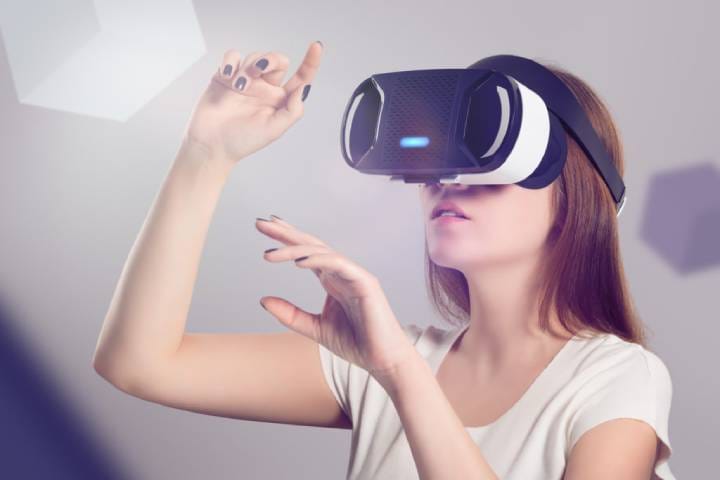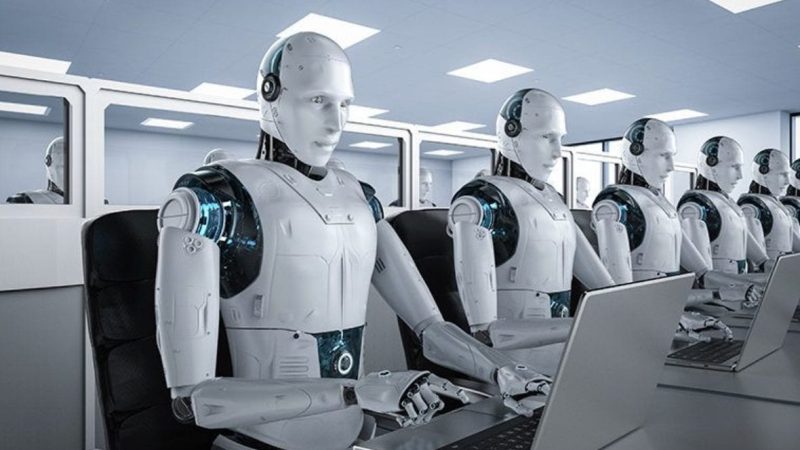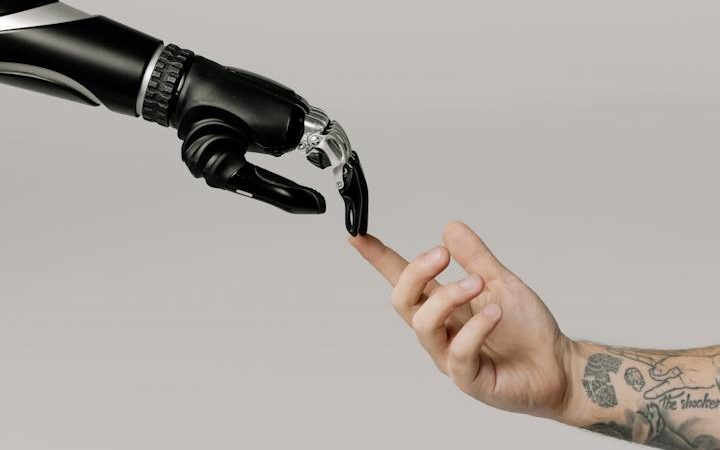5 Surprising Virtual Reality (VR) Trends For 2021

It began as a simple innovation within the consumer market, and in less than a decade it has become one of the most relevant technological promises for all industries.
According to the study Mixed Virtual Reality 2020-2030: Forecasts, Markets, and Technologies”, Virtual Reality (VR) could reach a value of 8,000 million dollars by the year 2030. In combination with Augmented Reality (AR), the figure would skyrocket to 30,000 million.
In the decade of the 10’s many new products have been launched that have captured the imaginations of creators, developers and companies alike explain the authors of the report. This is expected to continue into the next decade.
Table of Contents
Omnichannel growth
The barrier between the physical and the digital is increasingly blurred, and that trend will continue to intensify next year, thanks in part to the implementation of Virtual Reality in the retail sector.
It is the response of the greats of electronic commerce, and of all those companies championing online, in the face of the prevalence of traditional consumption that the market continues to demonstrate.
We are talking, for example, of Amazon’s unmanned automated stores, or Walmart’s experiments in the United States to pay in-store and receive the order at home. Of course, not only will the largest companies be the instigators.
Faced with the enormous opportunity that this movement represents, many SMEs will also launch to close collaborations and concessions with larger brands. And yes, all this supported by Virtual Reality.
Machine Learning and Artificial Intelligence
After years of study and experimentation, engineers have finally started to implement AI in their Virtual Reality developments. The most obvious case is represented by Instagram filters, but this is only a starting point.
It is what is known in the industry as Computer Vision; the ability of cameras to understand and understand what appears in front of them, to act accordingly by translating and processing data.
An example of this is the Machine Learning microscope developed by Google; a device capable of identifying cancer cells in tissues. ” This could increase the precision of medical technologies and allow a more complex treatment,” notes the Linchpin agency.
The potential of technology would also make it possible to solve one of the greatest VR challenges for the coming years in many other industries: the User Experience. It represents one more step in the Big Data chew towards value solutions.
A new advertisement
Agencies have been trying for years to adapt to the new channels derived from digitization, and fighting against the disaffection of a public increasingly imbued with noise. Hence, VR is making its way into the world of advertising.
This is how Google and Facebook are already introducing new ads that allow users to “try on” products before even evaluating whether they want to buy them. In the search engine, for example, it is possible to see some AR results enabled for this.
And for this, it is important to take into account the consequent growth of native advertising in the last five years. Ads are camouflaged in different formats to offer unique and foolproof experiences. The Marketing 360 now is real.
Training and education
Although at first it was only adopted by some multinationals of a technical-industrial nature, the progressive cheapening of technology is, to Virtual Reality, opening the doors to all kinds of sectors and industries.
Now, from factories to the army or schools and universities are betting on these solutions to train in certain subjects that are difficult to access.
In the offices, employees will be able to carry out certain tasks in real-time, to improve their skills and become more productive.
According to a study by the University of Maryland, workers who train with Virtual Reality headsets obtain an average of 90% retention, compared to 78% of those who use only computers.
That is what has encouraged Mountain View engineers to develop Google Expeditions, a software that allows students to learn history by knowing certain places in real-time.
Entertainment
After a period of reconversion, consumer hardware will finally be ready to occupy the market position for which it was bidding five years ago. Oculus and company have managed to make the development of their solutions cheaper, to attract the attention of the consumer.
Of course, the future of these devices will not follow the steps seen in recent years. The demand for hardware will be different, insofar as the first products on the market have already proven insufficient in a market as saturated as that of electronic entertainment.
The software represents more than 40% of the turnover of the sector and is there where new proposals could appear based on VR, exploring formats such as mobile or gadgets.
Tourism, sanitation, the international trade. Many other industries will also benefit from all these trends, and from surprises and news that are yet to come in 2021.






